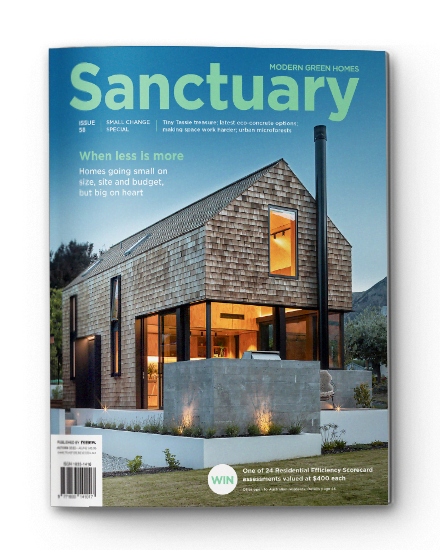Pocket forests: Urban microforests gaining ground
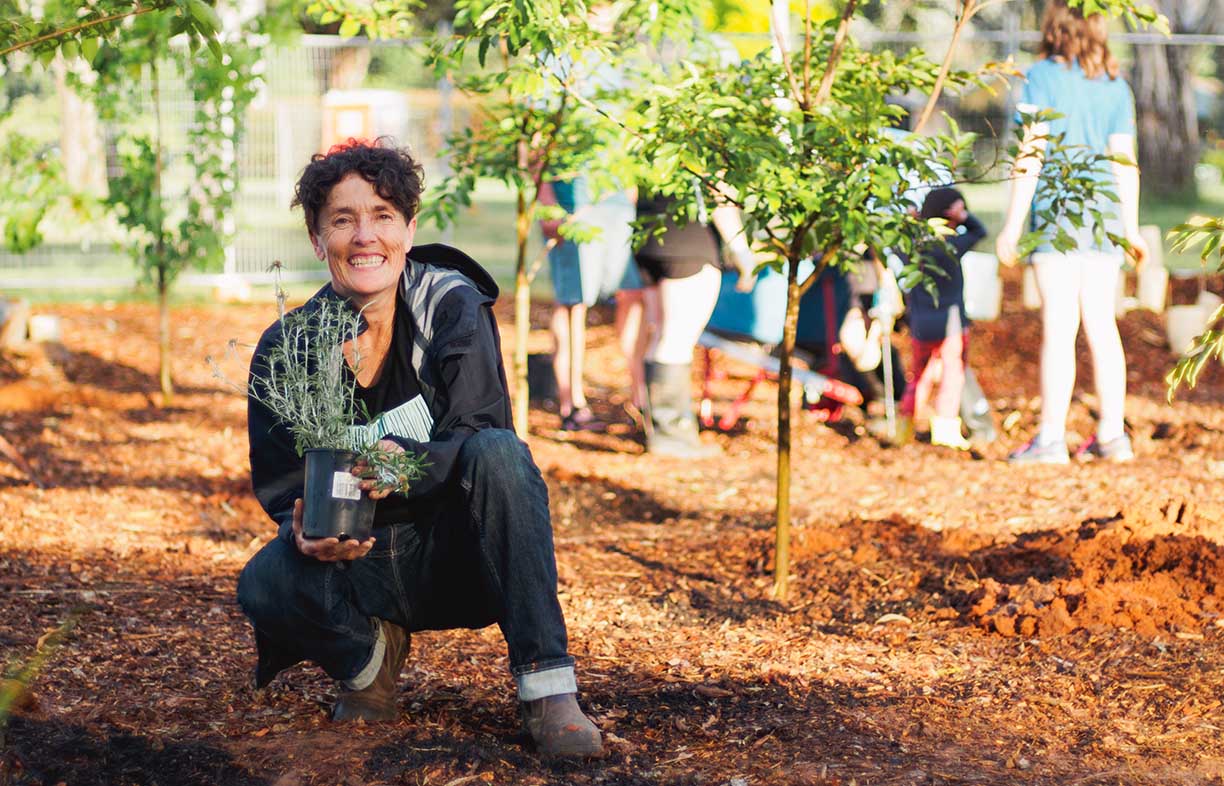
Often no bigger than a tennis court, microforests punch above their weight for establishing cool urban microclimates, providing wildlife habitat and focusing community connection. Mara Ripani goes exploring.
What is a microforest? A pioneer of small-scale urban reforestation in Australia, Canberra-based landscape architect Edwina Robinson chose the term ‘microforest’ to describe what she was trying to do, and it has caught on. A microforest is a small parcel of land, sometimes just the size of two car spaces or a tennis court, that is densely planted with mixed groundcovers, shrubs and trees to create multi-story habitat. Microforests are often designed and created for urban environments – in existing parks, or on old carparks, easements and other disused land – to help create more liveable, vibrant cities. Native species indigenous to the area are usually chosen.
It is the work of Japanese botanist Akira Miyawaki that urban forest planners such as Edwina often reference as having inspired them to introduce ecology and forestry back into city living. Miyawaki had a passion for native forests, and sought to establish native and indigenous plantings in degraded urban environments in his own country. He argued that indigenous trees, with their long history of adaptation to the conditions in a particular area, are the most resilient and therefore produce the healthiest ecosystems. He went on to develop a planting approach that is now known as the Miyawaki method, and is often employed in the creation of urban microforests.
The Miyawaki method
The principles of Miyawaki’s method are steeped in natural forest system ecology. In nature, when trees and shrubs self-propagate, they generally don’t disperse their seeds all that far (unless a big wind event occurs). Many seeds will fall and germinate in the one small area. Trees then grow tall and thin as each seedling competes for sunlight and nutrients. Over time, some will die and others will dominate; Miyawaki believed that this competition produced the strongest and most resilient forests, developing and maturing faster. Microforests created according to the Miyawaki method are therefore initially characterised by very dense plantings.
This is something of a departure from the established wisdom relating to planting projects in public open spaces, in which trees are distributed sparsely and shrubs and groundcovers largely ‘designed out’ for ease of mowing with machines as well as for visibility and perceived safety reasons. However, the thinking around this latter consideration is changing, along with an acknowledgement that the issue of personal safety in these spaces requires a far more nuanced and far-reaching response.
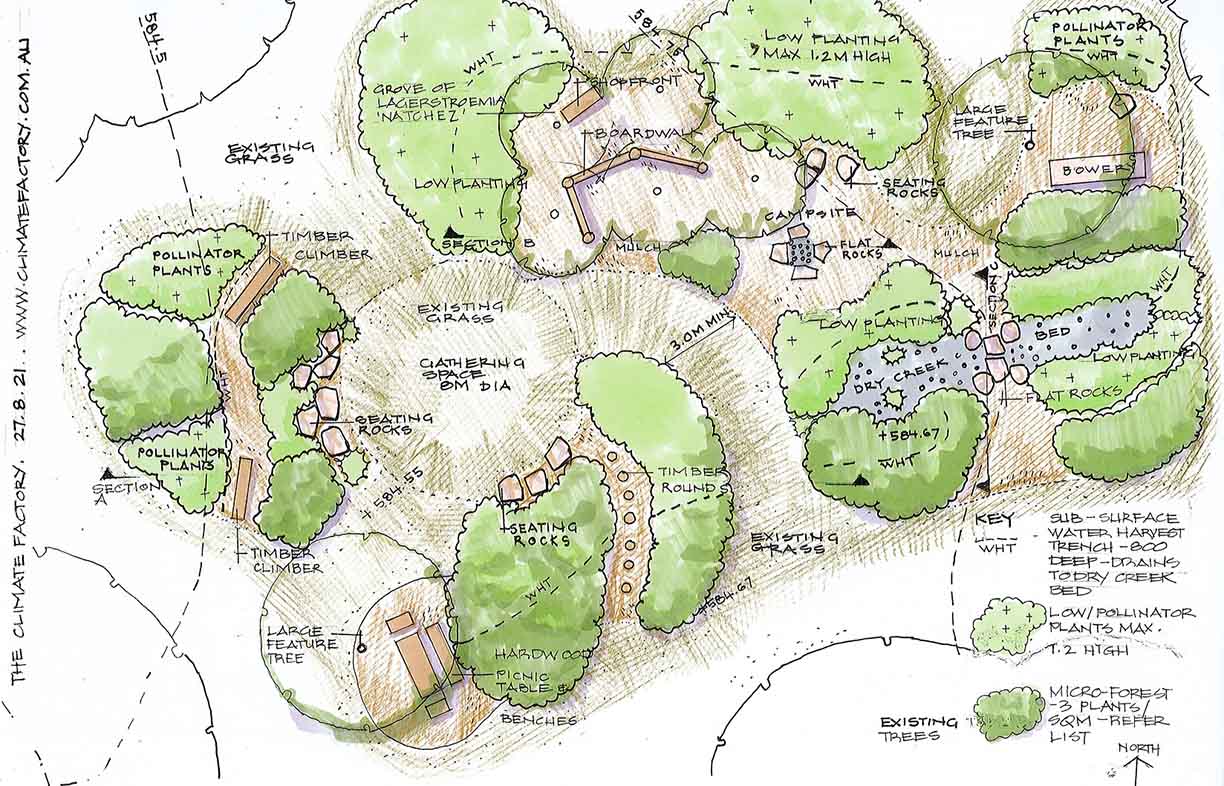
Benefits of urban microforests
Microforests can benefit our wellbeing in so many ways. Anyone who has ever walked or cycled through a thickly planted, shady park on a hot commute home will tell you that green spaces are sanctuaries. Our urban environments wilt in summer, with heat absorbed and re-radiated by high thermal mass buildings, concrete footpaths and dark roads. Called the urban heat island effect, this can result in city temperatures two to five degrees higher than they otherwise would be; according to Australia’s latest State of the Environment report, heat-related deaths are on the rise in every city.
Once mature, microforests can make a significant contribution to the cooling of their immediate surroundings, especially if combined with other green infrastructure projects. Their thickly planted multi-canopy structure – including groundcovers, clumping grasses, small to medium sized shrubs, and medium and tall trees – creates resilient and complex habitats in often ecologically poor city environments, attracting a rich diversity of birds, insects, small lizards, beetles and butterflies.
City-dwelling children and adults alike value living, dynamic spaces for relaxation and inspiration. Microforests provide wind breaks, protection from harmful UV rays, and beautiful lush green spaces for picnics. They create improved recreational realms through texture, colour, nooks created by foliage, pendulous branches, and seasonal flowers. Birds’ nests, varied bark patterns and increased fauna diversity improve nature literacy.
“Urban greening is a vital tool in the fight against the urban heat island effect,” confirms Stephen Livesley, Associate Professor of Urban Horticulture at the University of Melbourne, going on to point out that the benefits of microforests extend to community building: “The creation of microforests offers a fantastic social engagement project that can involve all sections of society.”
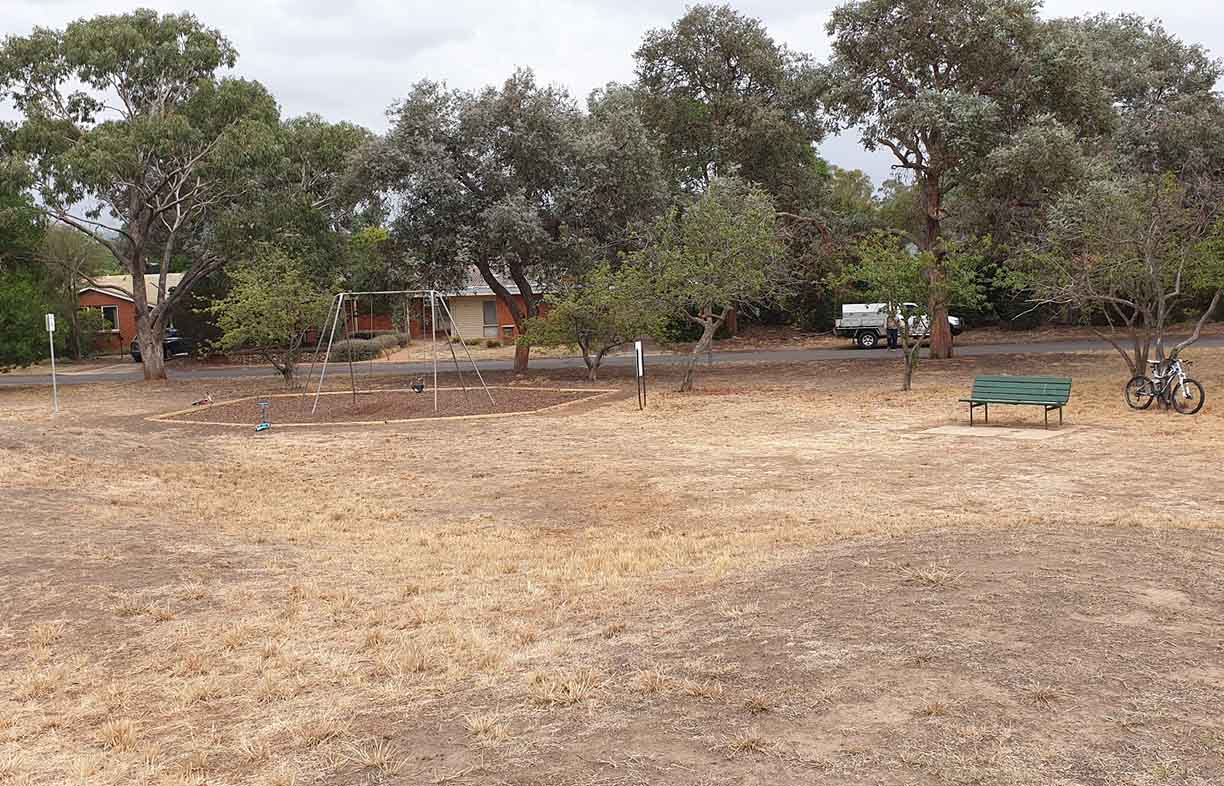
Proof of concept
Through the Climate Factory, a social enterprise she started in 2019, Edwina is working on her mission to create a microforest in every urban hot spot in Australia, starting with her home city of Canberra. Her first project is located in the Cole St park in suburban Downer. A glance at photos of the existing park taken during the peak of summer reveals how desolate and dry it was: ineffective at creating a sanctuary for humans or animals. After a lengthy planning phase, in 2020-2021 an area of 450 square metres was planted with 1,800 plants, along with water-harvesting trenches and mounds to ensure water security.
Hot on the heels of this project, the Watson microforest nearby was planted in 2021 and includes a dry creek bed, 40 metres of water harvesting trenches and nature-based play spaces. A third project is in the planning stages, in the suburb of Holt.
“The growth has been outstanding at the Downer microforest, partly due to two summers of La Nina weather conditions,” says Edwina. “Some of the silver wattles, planted as 30-centimetre-tall tubestock, grew to three metres in seven months.” Of course, the mild temperatures and good rainfall, plus organics added to enrich the soil, mean weeds have thrived too – but only in the early stages of a microforest’s life.
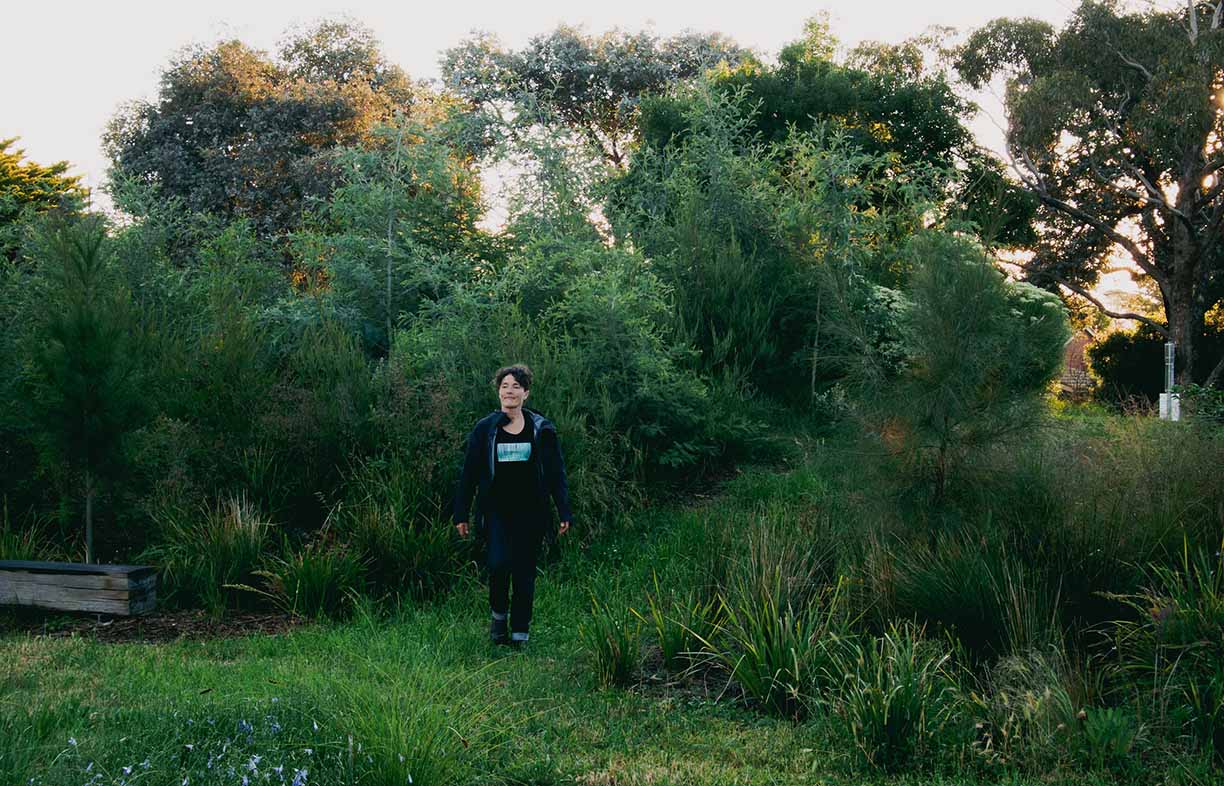
“The Miyawaki method says the forest will need no maintenance after three years, so when we install one we guarantee to local authorities that the community group will maintain the landscape for at least two years,” Edwina explains. “We’ve found the main tasks are weeding and mulching. We don’t worry about removing dead plants.”
The local communities have embraced these newly created forest spaces. Edwina has heard many reports of people picnicking at the Downer microforest, and one family involved in the project from the beginning organised an Easter egg hunt there last year. They’ve recently moved to an adjoining suburb and are keen to start another microforest there. At the Watson microforest, local children are already climbing on the timber logs and playing in the dry creek beds.
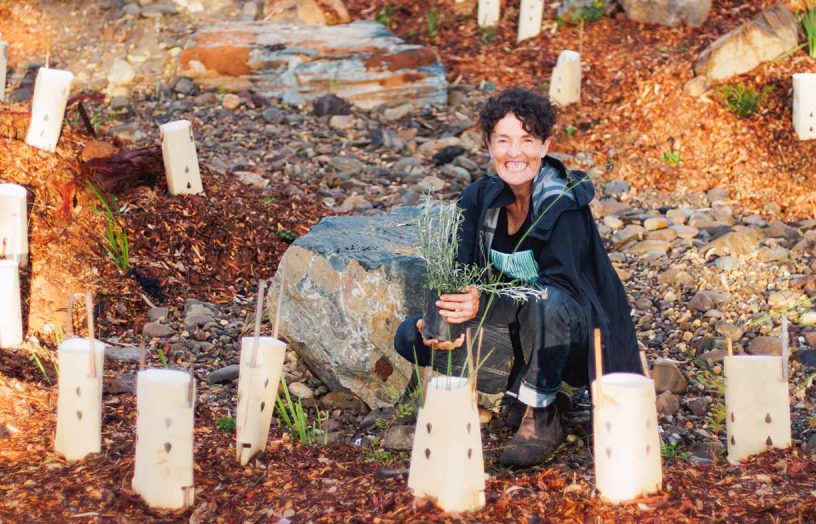

Want to create your own microforest?
There are many steps involved in the creation of a microforest, and dedication and patience are needed – but as Edwina says, it’s extremely rewarding. She recommends gathering a small team of people together to share the load. Tasks include finding a site and identifying and approaching its owner, whether government or private; securing approvals; and creating planting and water harvesting designs and a range of work plans covering how the project will be carried out. You may wish to develop and run a crowdfunding campaign, recruit local volunteers for the planting work, and run planting days for the community. The Climate Factory runs workshops, and Edwina has created an extensive guide to help people all over Australia create dreamy microforests in their own local areas.
Planting a tree has become a powerful act, and planting hundreds of them an even greater contribution to the health of our urban areas. Trees can no longer be taken for granted, and a pocket forest is a way to turbocharge their benefits. Where could you create a microforest near you?
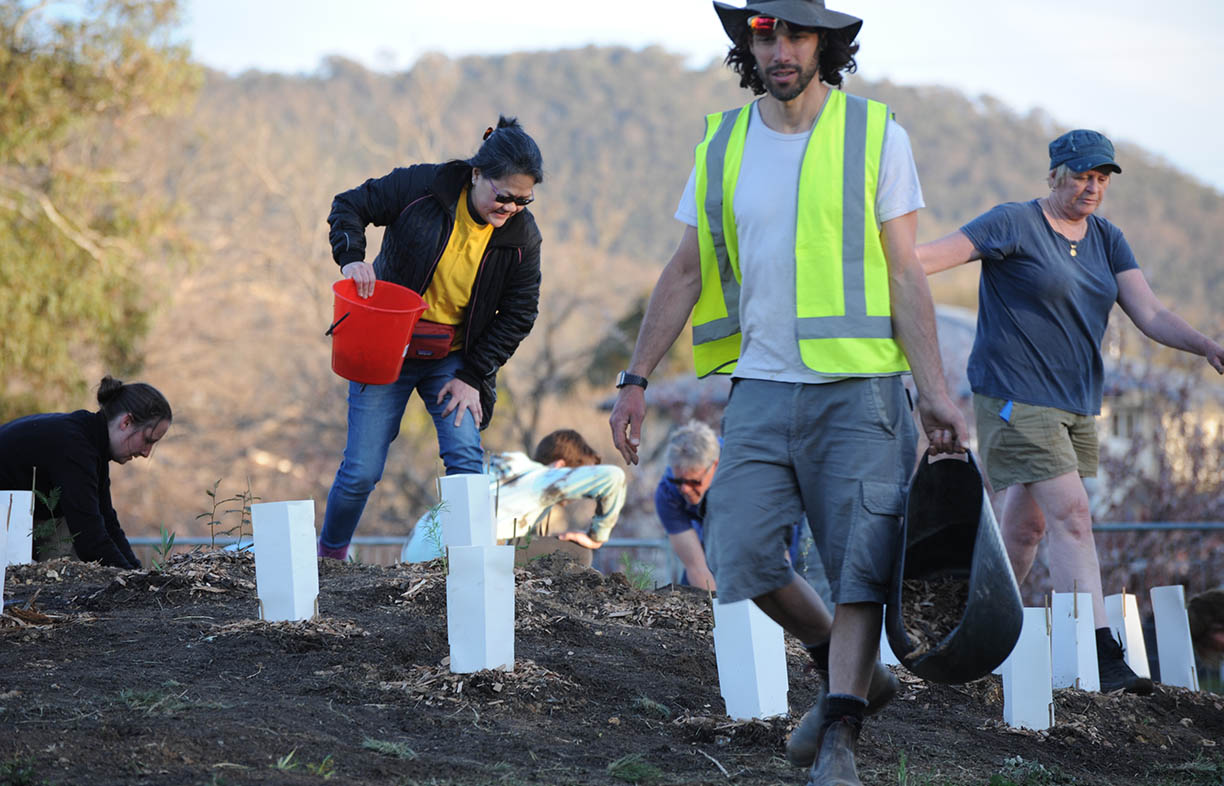
Further reading
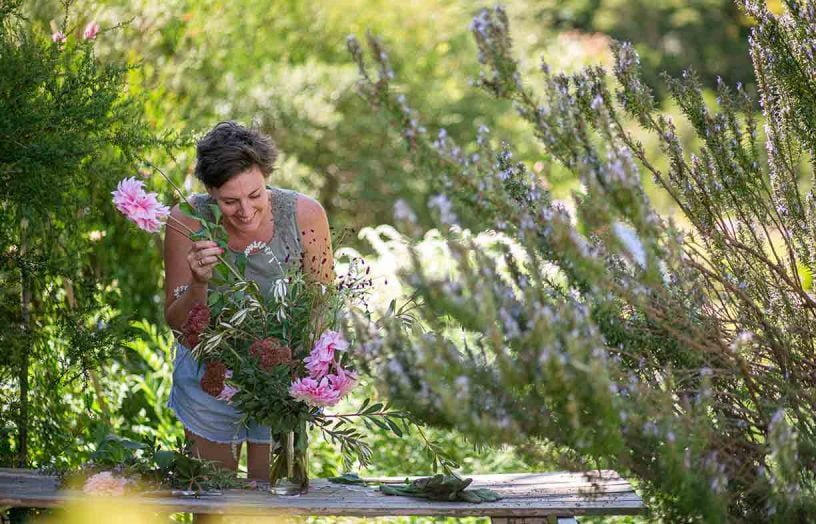 Outdoors
Outdoors
Nourished by nature: Garden design for mental health and wellbeing
There’s plenty of evidence that connection with nature is beneficial for both mind and body. We speak to the experts about designing gardens for improved mood and wellbeing, and what we can do at home to create green spaces that give back in a therapeutic way.
Read more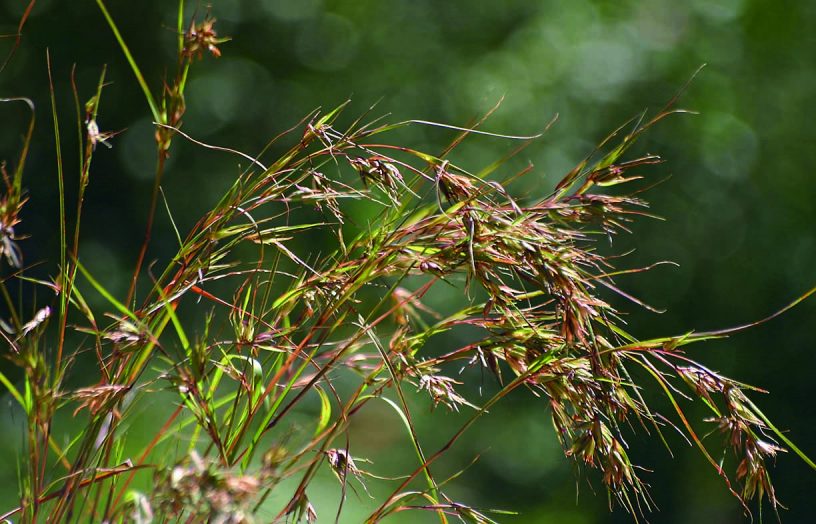 Outdoors
Outdoors
In the line of fire: Plant list
Download a list of popular native species to accompany our Sanctuary 51 article 'In the line of fire: Garden design to reduce the threat of bushfire'.
Read more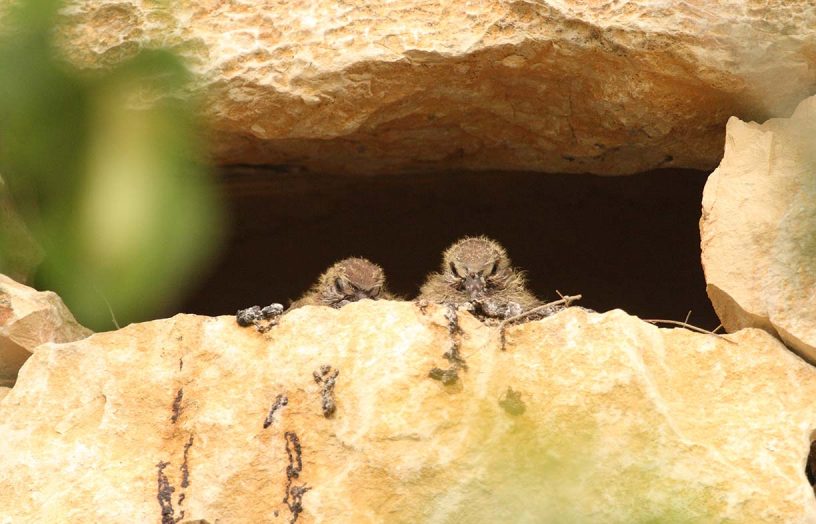 Ideas & Advice
Ideas & Advice
Nurturing nature
There’s a lot you can do to promote biodiversity when you’re designing a new home or renovation, with clear benefits for you and your family as well as for the natural environment. Ecologist Sarah Bekessy and her colleagues explain what’s possible.
Read more

